Travel in Milan | A Complete Guide to Exploring Italy’s Fashion Capital
Travel in Milan
Milan, the fashion capital of Italy, is a city that has something to offer to every traveler. From fashion, art, and culture to food, wine, and history, Milan is a city that is rich in diverse experiences. In this article, we discuss important things that you should be aware of before making a trip to Milan, including where to stay, what to see, and what to eat.
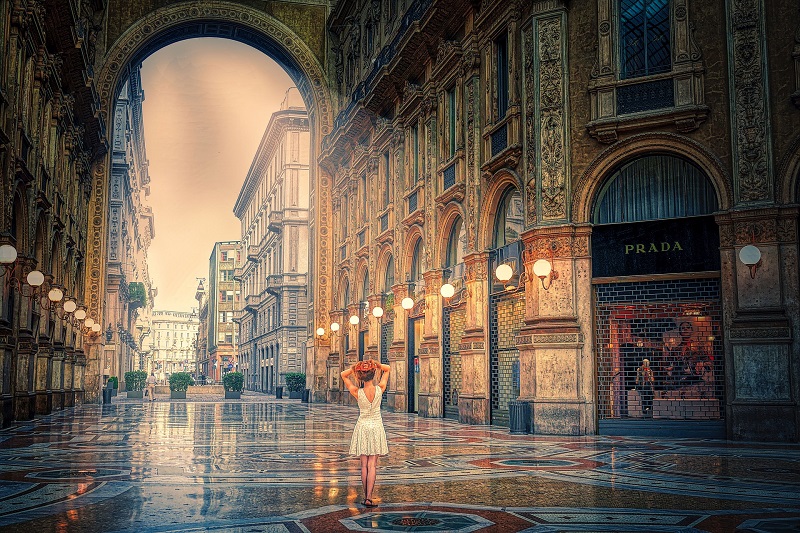
Milan, the fashion capital of Italy, is a city that has something to offer to every traveler. From fashion, art, and culture to food, wine, and history, Milan is a city that is rich in diverse experiences. In this article, we discuss important things that you should be aware of before making a trip to Milan, including where to stay, what to see, and what to eat.
Beyond its historic landmarks, Milan is also known for its vibrant arts and culture. The city is home to some of the world’s most prestigious art galleries and museums, including the Pinacoteca di Brera and the Triennale di Milano.
One of the city’s most attractive landmarks is the breathtaking Cathedral of Milan, which is also known as the Duomo. This Gothic masterpiece took over 600 years to complete and is one of the largest churches in the world.
In addition to its historic venues, Milan is also famous for its cuisine. world-class restaurants and traditional street food, Milan offers a variety of meals to suit every taste and budget. Some of the city’s most popular dishes include risotto alla Milanese, osso buco, and panettone.
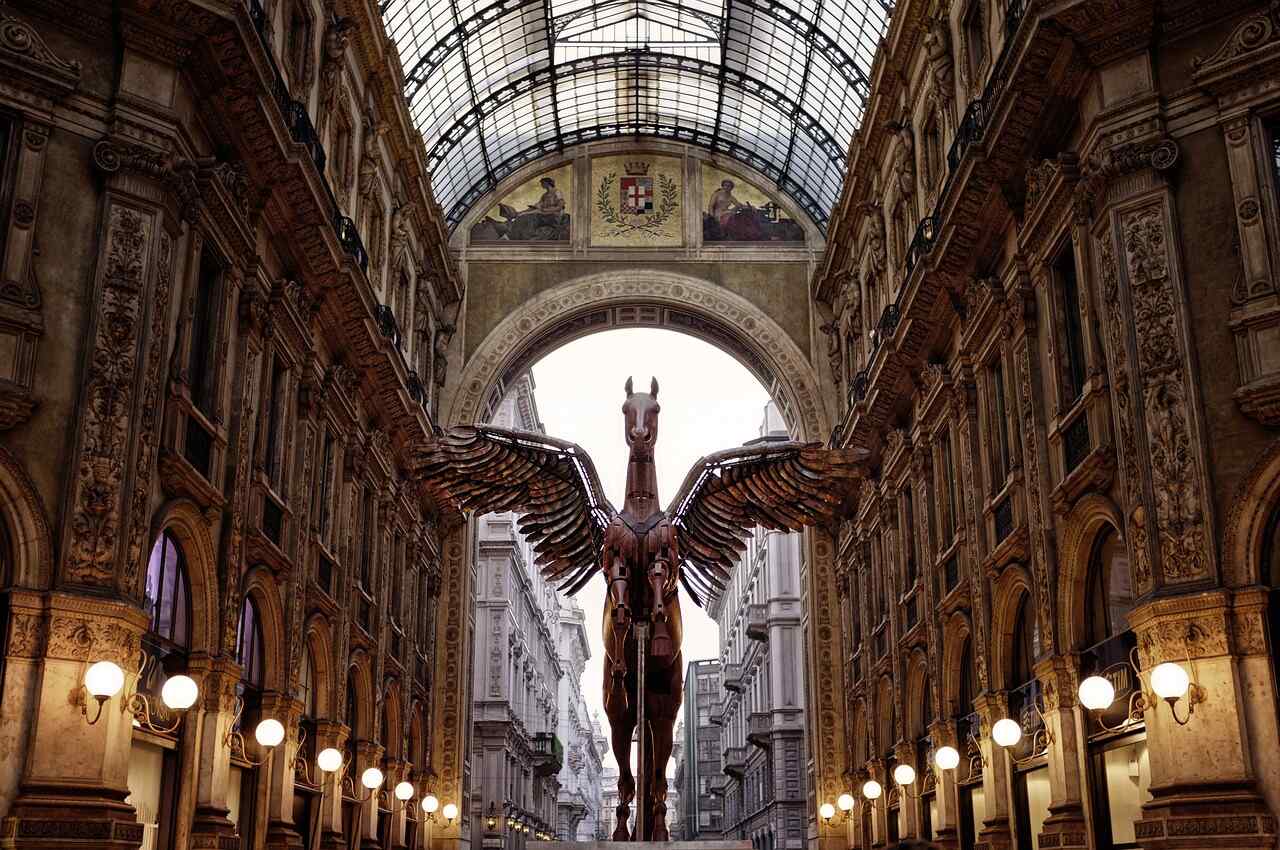
Getting to Milan | How to Reach the Fashion Capital
Milan has two major airports, Malpensa and Linate, which are well-connected to major cities worldwide. When you land at one or the other airport, you can without much of a stretch take a taxi, transport, or train to the city center. The most convenient option is to take the Malpensa Express train, which takes only 29 minutes to reach Milano Centrale, the main train station in Milan. From there, you can take the metro or a taxi to your hotel or the fashion district.
If you’re traveling by train, you can take the Eurostar or Thello trains from major European cities such as Paris, Geneva, and Munich. Milano Centrale is the main train station in Milan and is well-connected to other parts of Italy and Europe.
The fashion district in Milan is located in the city center, around Via Montenapoleone, Via della Spiga, and Via Sant’Andrea.
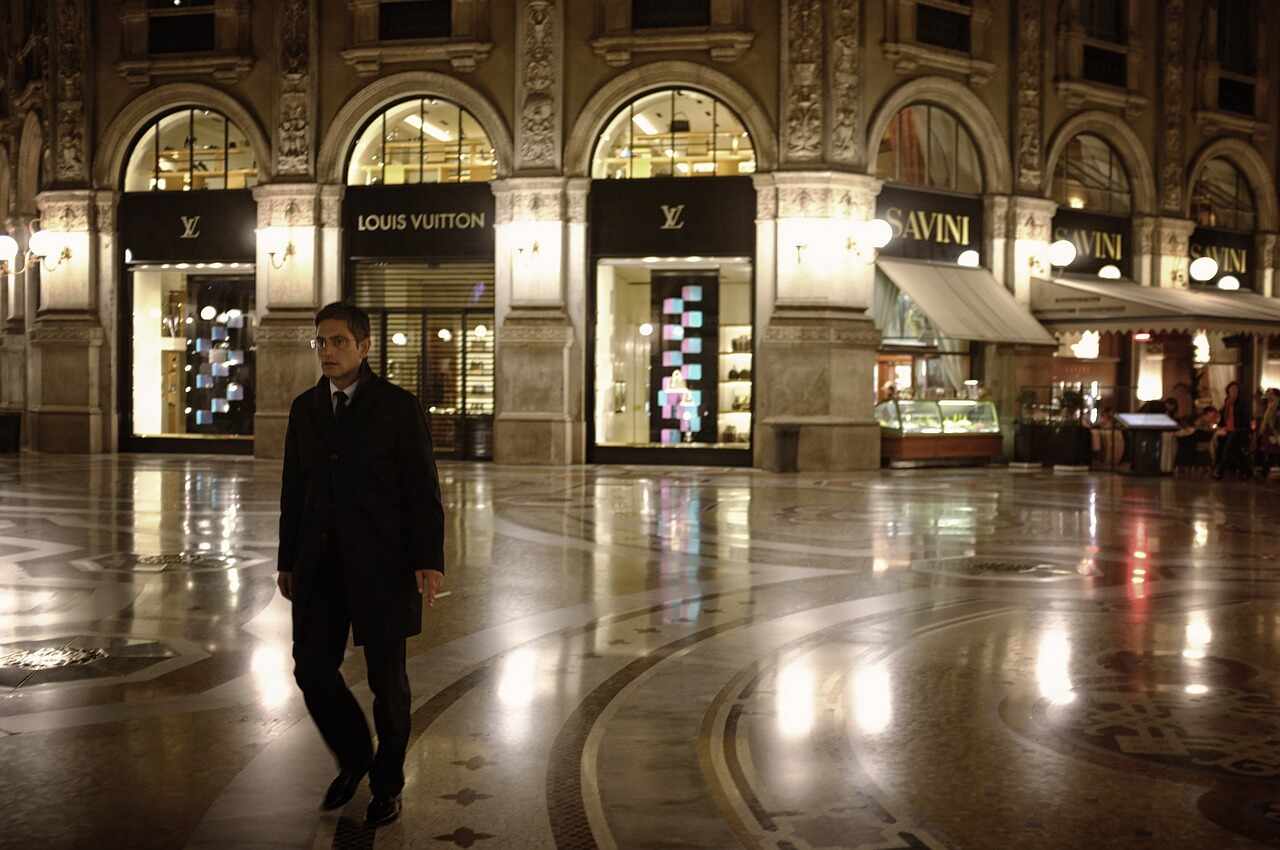
Best Time to Visit Milan | When to Plan Your Trip
The best time to visit Milan is between April and June or September and November when the weather is mild, and the tourist crowds are smaller. During these months, you’ll have a better chance to enjoy the city’s attractions without the hassle of long queues and crowds. However, visiting Milan during Fashion Week (in February or September) is a must if you’re a fashion enthusiast.
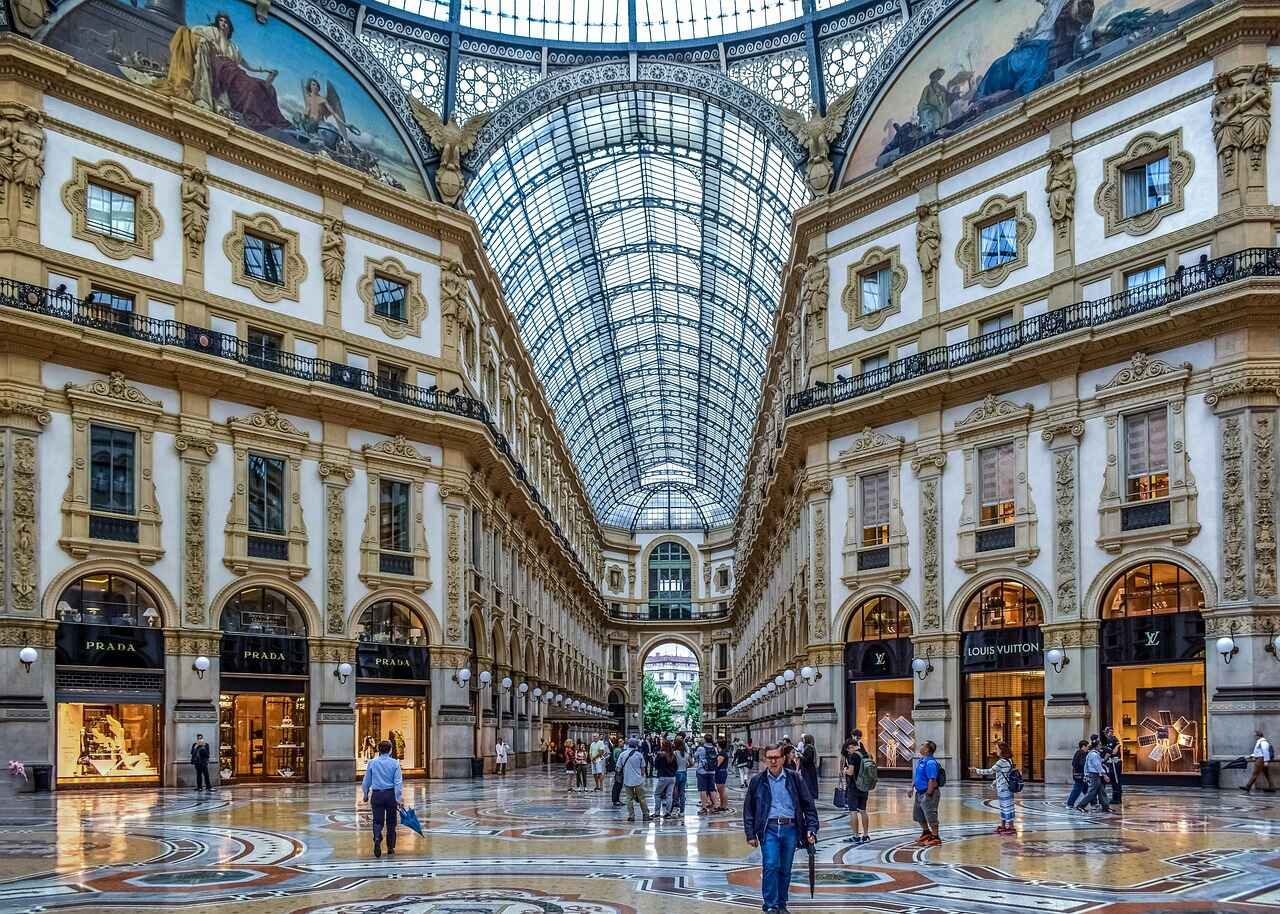
Top Attractions in Milan | What to See and Do
Milan has a rich culture, art, and history. Here are some must-visit places that you should consider for vacation in this city:
- The Duomo di Milano
The Duomo di Milano is the most popular place in Milan which is one of the largest Gothic cathedrals in the world. The cathedral’s facade is decorated with 135 spires, statues, and gargoyles, while the interior features beautiful stained glass windows and intricate sculptures. Don’t miss climbing to the rooftop for breathtaking views of the city.
- The Last Supper
The piece of art famously known as “The Last Supper” is an iconic painting situated in Milan, Italy. This masterpiece is a significant representation of the High Renaissance artistic style, showcasing an extraordinary level of detail and meticulousness in its composition. Despite the painting’s age, it continues to evoke powerful emotions and reactions from viewers who visit it in person or view it through reproductions.
- The Galleria Vittorio Emanuele II
This elegant shopping arcade is not just a place for luxury shopping, but it is also a historical landmark that represents the beauty and grandeur of Milan. It was designed by Giuseppe Mengoni and completed in 1877.
The arcade has a cross-shaped layout and is covered by a spectacular glass and iron dome that spans over 48 meters.
The arcade is named after Vittorio Emanuele II, the first king of Italy. One of the most unique features of the Galleria Vittorio Emanuele II is the stunning mosaic floor.
Another fascinating aspect of the Galleria Vittorio Emanuele II is the tradition of the “bull’s testicles.” Legend has it that if a person places their right foot on the genitals of the bull in the mosaic, and spins around three times, it will bring them good luck.
The tradition has become so popular that the mosaic around the bull’s genitals has become significantly worn down.
- The Sforza Castle
The Sforza Castle is a majestic fortress that houses several museums and art collections. The castle’s highlights include Michelangelo’s unfinished sculpture, the Pietà Rondanini, and the Sala delle Asse frescoes by Leonardo da Vinci.
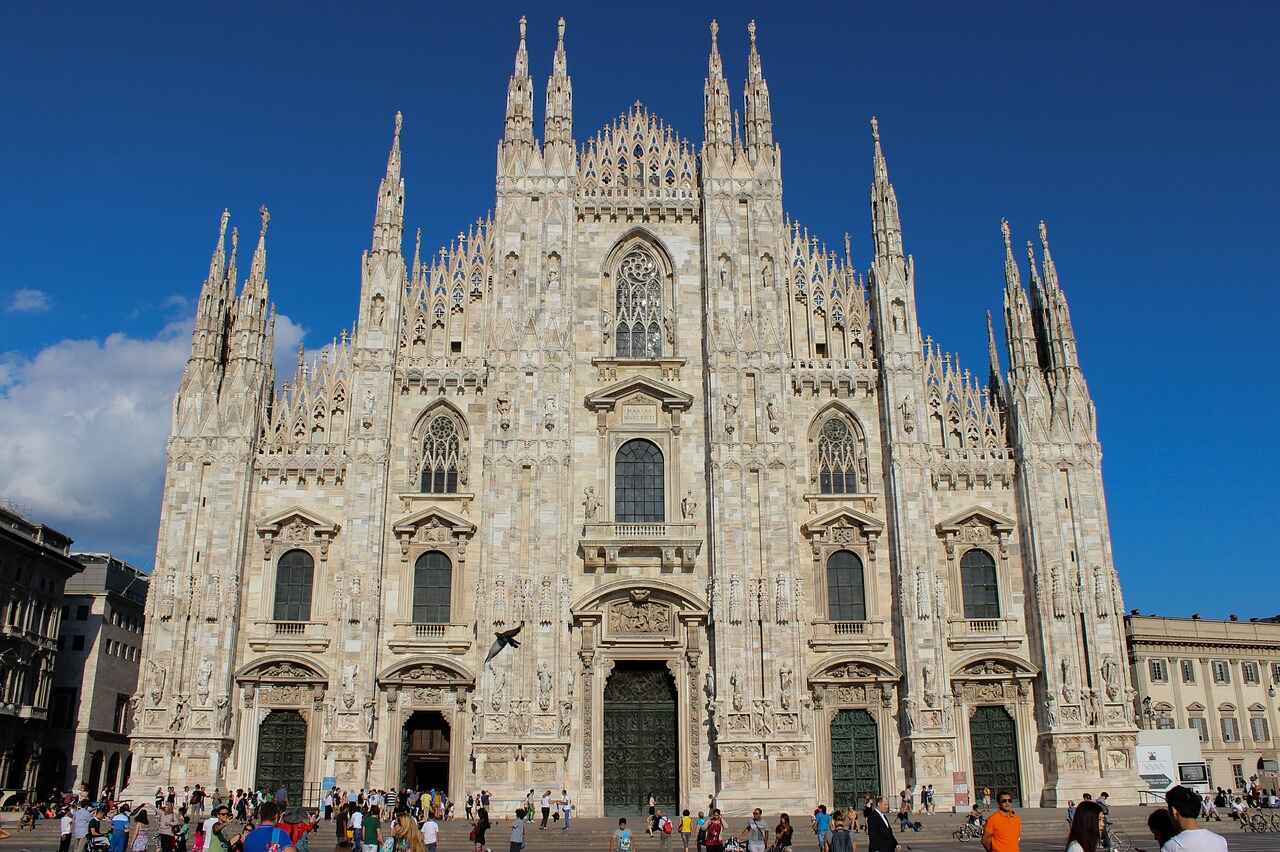
Exploring Milan | Off-The-Beaten-Path Attractions
Milan has plenty of adventurous places that are worth exploring. Here are some must-visit places for you:
- Orto Botanico di Brera
The Orto Botanico di Brera is a beautiful botanical garden located in the heart of Milan’s Brera neighborhood. The garden features many exotic and rare plants from all across the globe.
- Pinacoteca di Brera
The Pinacoteca di Brera is one of Milan’s most famous art museums and a must-visit for art lovers. This museum’s beauty is a collection of Italian Renaissance art by Raphael, Caravaggio, and Titian.
- Casa Museo Boschi Di Stefano
The Casa Museo Boschi Di Stefano is a unique museum that showcases the private collection of Italian art collectors Antonio Boschi and Marieda Di Stefano. It has a huge collection of 2,000 pieces of art, sculptures, and paintings.
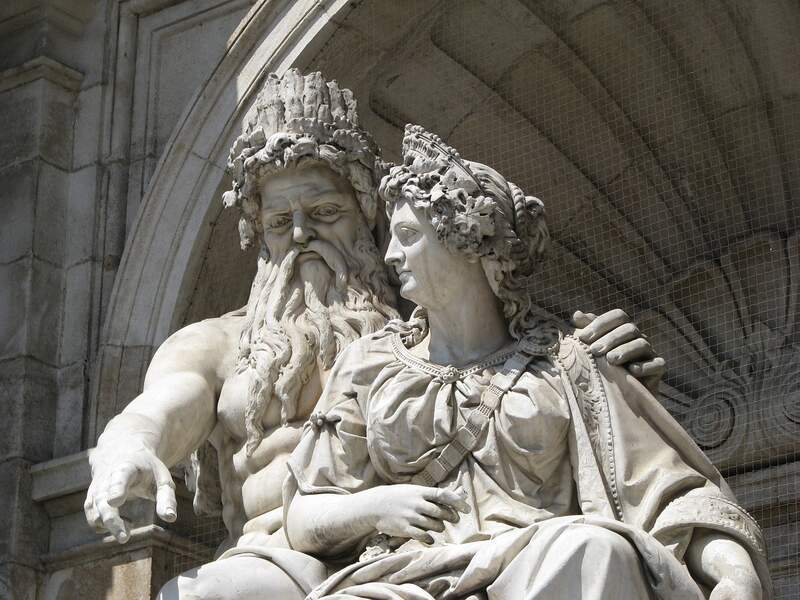
Where to Stay in Milan | The Best Neighborhoods and Accommodation Options:-
Milan offers plenty of accommodation options for all budgets and travel styles. The city’s most famous neighborhoods are the historic center, Brera, Navigli, and Porta Romana, each with its unique charm and atmosphere. You will find luxury hotels as well as budget-friendly hostels, boutique apartments, and fashion outlets.
Milan’s Food Scene | What to Eat and Where to Find It
The city’s cuisine is a blend of traditional Italian dishes with a Milanese twist. Some of the must-try foods in Milan include:
- Risotto alla Milanese
Risotto alla Milanese is a classic Milanese dish made with saffron-infused rice, beef broth, butter, and Parmigiano-Reggiano cheese.
- Cotoletta alla Milanese
Cotoletta alla Milanese is a breaded veal cutlet that is fried in butter until golden and crispy. It mainly serves with arugula salad and lemon wedges.
- Panettone
Panettone is a sweet bread loaf that is traditionally eaten during Christmas time. This dish has a combination of butter, eggs, sugar, and fruits.
- Aperitivo
Aperitivo is a Milanese tradition where locals gather after work to enjoy a drink and some snacks before dinner. Some of the most popular aperitivo spots in Milan include the Navigli district and the Brera neighborhood.
Here are some of the best restaurants in Milan:-
- Trattoria Milanese is a traditional Milanese restaurant that serves classic dishes made with locally sourced ingredients. The menu includes favorites like risotto alla Milanese and ossobuco, as well as a great selection of wines.
- Il Luogo di Aimo e Nadia Il Luogo di Aimo e Nadia is a Michelin-starred restaurant that offers a modern take on traditional Italian cuisine. The menu changes frequently, but highlights may include dishes like squid ink risotto with scallops and grilled octopus.
- Da Giacomo is a chic restaurant that specializes in seafood and steak dishes. The menu features fresh fish, shellfish, and meat, all dishes cooked very well and delicious.
- Paper Moon is a popular restaurant located in the heart of Milan. It’s known for its amazing pizza and pasta dishes.
- 10 Co.o Como Café 10 Corso Como Café is a stylish café and restaurant that offers a range of Italian and international dishes. The menu includes everything from fresh salads and sandwiches to hearty meat and pasta dishes, all served in a chic atmosphere.
- El Brellin El Brellin is a cozy restaurant located in the Navigli district of Milan. It’s known for its delicious traditional Milanese dishes, including saffron risotto and panettone bread pudding, as well as its extensive wine list.
HOW MANY COSTS DO THESE RESTAURANTS HAVE:-
The cost of dining at the restaurants in Milan can vary depending on the restaurant and the menu items selected. Here is a rough estimate of the cost range for the restaurants mentioned earlier:
- Trattoria Milanese – Prices range from €15-€30 per person for a meal, excluding wine and other drinks.
- Il Luogo di Aimo e Nadia – Prices range from €70-€200 per person for a meal, depending on the menu selected and if wine is included.
- Da Giacomo – Prices range from €40-€80 per person for a meal, excluding wine and other drinks.
- Paper Moon – Prices range from €20-€40 per person for a meal, excluding wine and other drinks.
- 10 Corso Como Café – Prices range from €20-€50 per person for a meal, excluding wine and other drinks.
- El Brellin – Prices range from €30-€60 per person for a meal, excluding wine and other drinks.
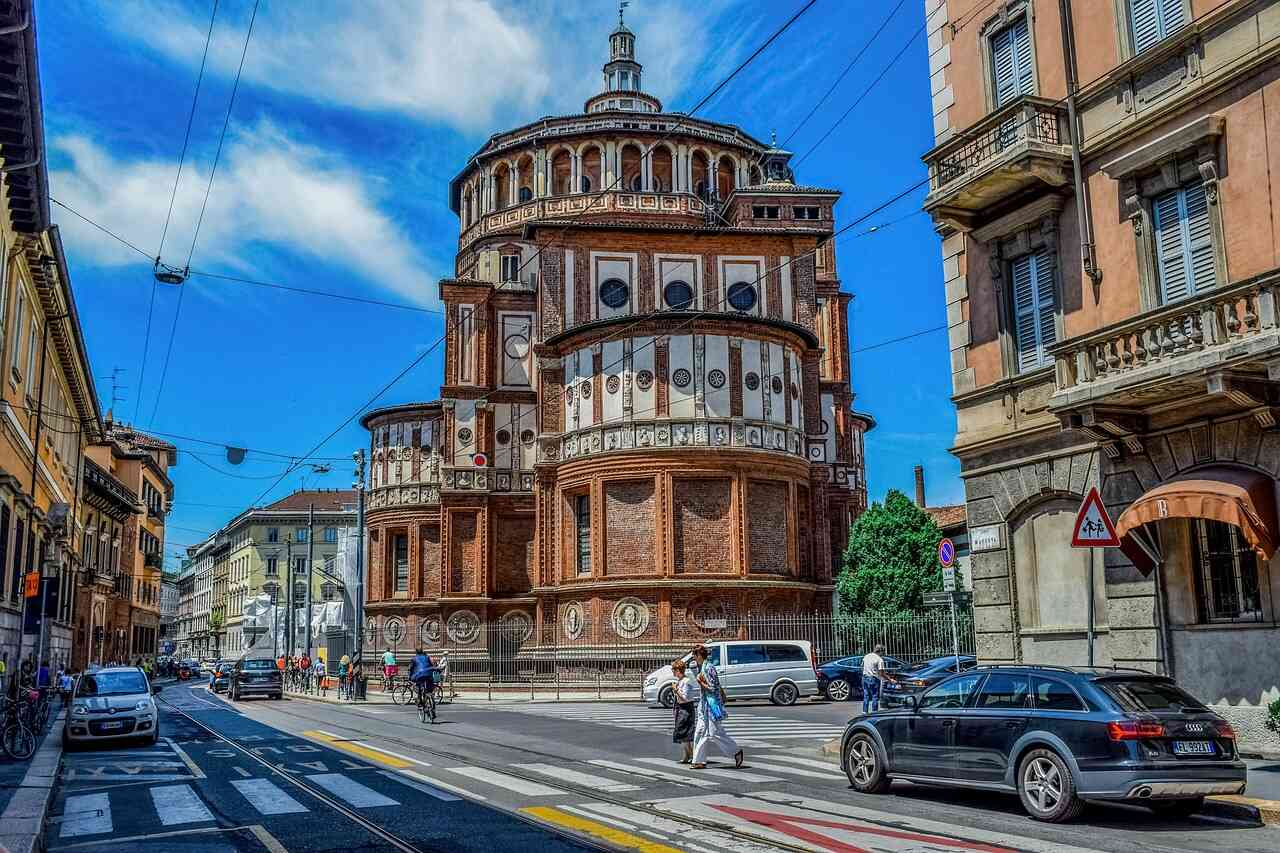
Explore Milan’s historic landmarks
Milan is home to many historic landmarks in which Milan Cathedral is a favorite tourist place, also known as Duomo di Milano which showcases beautiful stained glass windows.
Discover Milan’s art scene
The Pinacoteca di Brera is one of the most famous art museums in the city and features an impressive collection of Italian Renaissance art, including works by Raphael and Caravaggio.
Travelers can also explore the Fondazione Prada, a modern art museum designed by well-known architect Rem Koolhaas.
Shop till you drop in Milan
Milan is a fashion capital, and shopping is a popular pastime for both locals and visitors. The city is home to top brands like Gucci, Prada, and Armani.
For those looking for more affordable shopping options, the Corso Buenos Aires is a bustling street lined with shops and boutiques that offer a wide range of products.
Experience Milan’s culinary delights
Italian cuisine is world-renowned, and Milan is no exception. The city is known for its delicious risotto alla milanese, a creamy rice dish cooked with saffron and served with grated parmesan cheese. Another must-try dish is cotoletta alla Milanese, a breaded veal cutlet that is pan-fried and served with a squeeze of lemon.
Enjoy Milan’s nightlife
Milan is a vibrant city that comes alive at night. There are many bars, clubs, live music venues to visit, and nightlife areas. One of the most popular areas for nightlife is the Navigli district, which is known for its canal-side bars and restaurants.
HOW COSTLY TO LIVE IN MILAN AS A TRAVELLER:-
Milan can be a relatively expensive city to visit as a traveler, especially when it comes to accommodation and dining.
Hotels in Milan are the epitome of luxury, with huge prices but also worth every penny. Comparatively, Airbnb rentals can be a more cost-effective option for travelers. The average cost of an Airbnb rental in Milan is around €80 to €150 per night. You can get the chance to live like a local and have a personalized experience while still keeping costs under control.
Dining out in Milan can also be expensive, especially if you choose to eat at high-end restaurants, comparatively budget restaurants less in cost upto €10-€20 per person, and the average cost in a mid-range restaurant is around €25-€50 per person.
Transportation costs in Milan are generally reasonable, with a single ticket for the metro or bus costing €2. However, it’s often more economical to purchase a daily or weekly ticket if you plan to use public transportation frequently.
Overall, the cost of living in Milan for a traveler can be high and It’s a good idea to research and plan, look for budget-friendly options for accommodation and dining, and consider purchasing a transportation pass if you plan to use public transportation frequently.
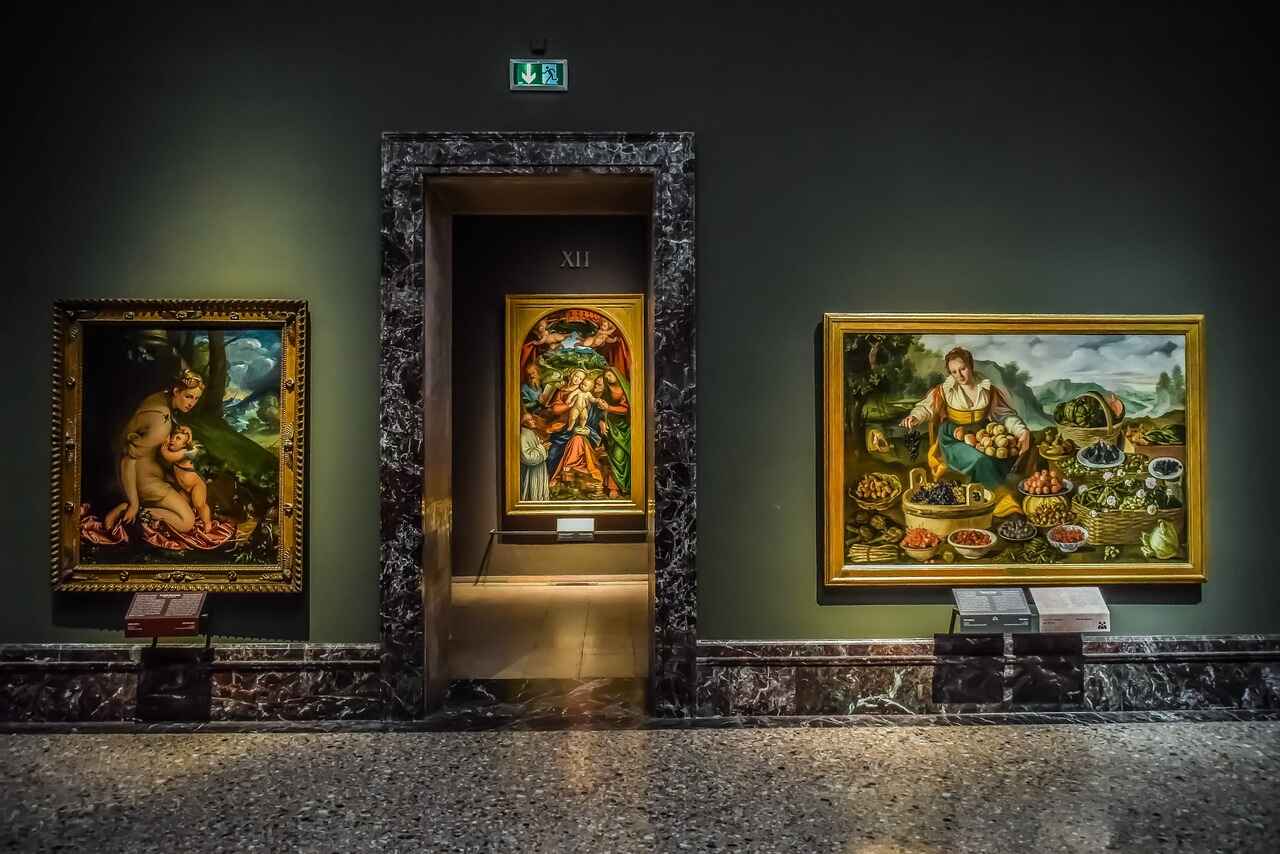
Rich History of Milan
Milan was founded in the 6th century BC by Celtic tribes, Under Roman rule, Milan became an important center for commerce, art, and culture.
The Renaissance period was an era of intellectual and artistic achievements that left an indelible mark on the city’s landscape. The powerful Visconti and Sforza families were instrumental in transforming Milan into a cultural and artistic center, building iconic landmarks like the Castello Sforzesco that stand to this day as a testament to their legacy. Another pivotal chapter in Milan’s history was the Napoleonic era when the ambitious emperor seized the city in 1796. Under his rule, Milan underwent significant modernization, with sweeping improvements to its infrastructure and public services. Milan became the capital of the Kingdom of Italy in 1805 and flourished until Napoleon’s fall in 1814.
Milan played a significant role in Italy’s struggle for independence and unification, marked by the brave rebellion of the Milanese people against Austrian rule in 1848. The city was briefly liberated before being re-conquered by the Austrians. The fight for independence continued for years until the Austrians were ultimately defeated in 1859, and Milan became an integral part of the newly formed Kingdom of Italy.
Despite this historic place witnessing heavy loss during World War II, Milan emerged from the ashes as one of Italy’s most prosperous cities. The city’s historic buildings may have been destroyed, but its resilient spirit was not.
Today, Milan is a vibrant and dynamic city that embodies the perfect blend of ancient history and modernity, with iconic landmarks like the awe-inspiring Duomo di Milano, the Galleria Vittorio Emanuele II, and the legendary Teatro alla Scala. Milan is not just a city, but a journey through time that reflects the endurance and unwavering spirit of its people. From the Renaissance to the Napoleonic era, from the struggle for independence to periods of artistic and cultural prosperity, Milan has seen it all.
Today, Milan is a vibrant and dynamic city that embodies the perfect blend of ancient history and modernity, with iconic landmarks like the awe-inspiring Duomo di Milano, the Galleria Vittorio Emanuele II, and the legendary Teatro alla Scala.
Today, Milan is a bustling metropolis that combines ancient history with modern innovation. Visitors can explore historic landmarks like the Cathedral of Milan and the Sforza Castle, while also enjoying the city’s vibrant arts and culture scene.
Milan is not just a city, but a journey through time that reflects the endurance and unwavering spirit of its people. Come to Milan, and let it’s rich history and enduring spirit captivate you.
In conclusion, Milan is a city of splendor and grace, A place where beauty and culture embrace. With its art, fashion, and culinary delights, It’s a traveler’s paradise, a feast for the senses and sight.
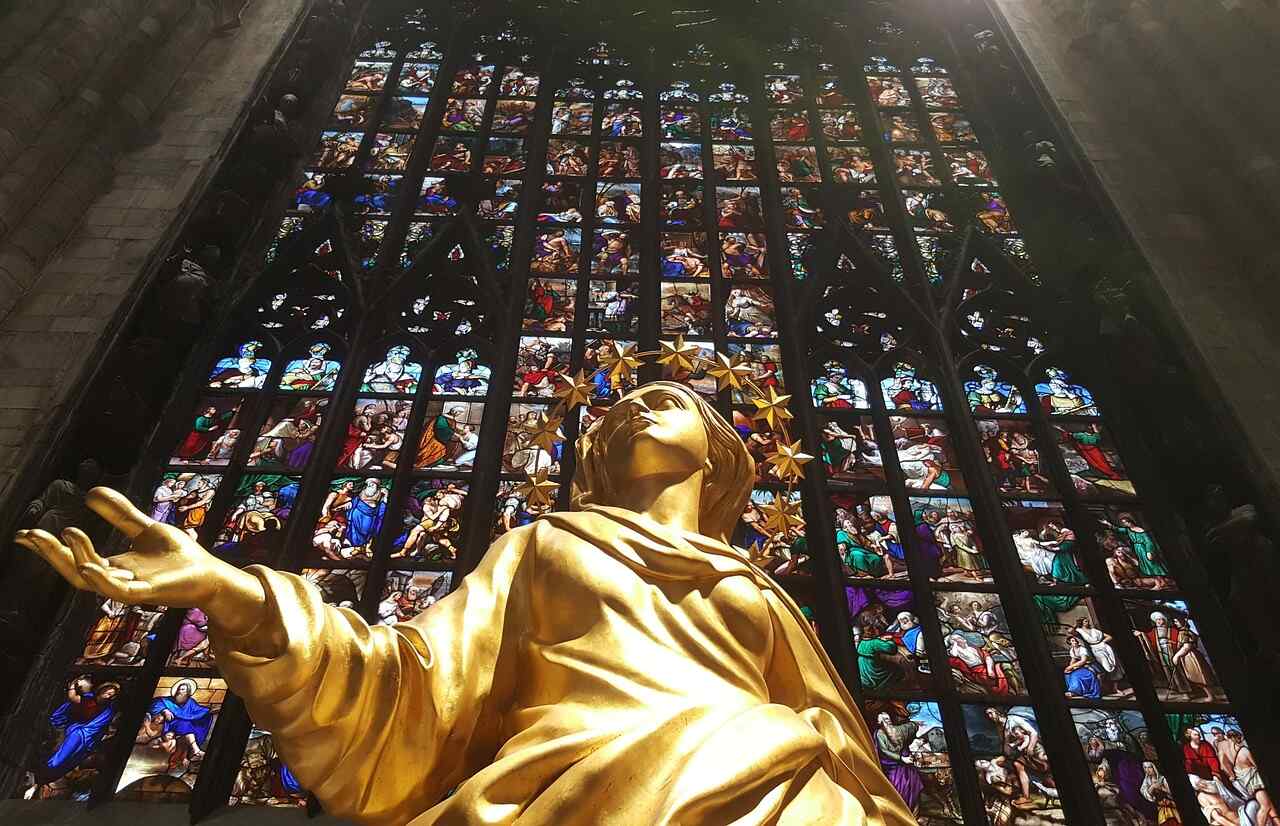
IMPORTANT FAQ QUESTIONS TO UNDERSTAND BETTER OF MILAN CITY:-
-
What is the best time to visit Milan?
- Milan has a continental climate with four distinct seasons. Spring: March to May
- Spring is a great time to visit Milan. Summer: June to August. Autumn: September to November
- Autumn is another great time to visit Milan.
- Winter: December to February.
2 What are some must-see attractions in Milan?
Milan has world-class infrastructure and architecture, the world;s most precious museums, and fashion boutiques. Some must-see attractions include the Duomo di Milano, Galleria Vittorio Emanuele II, Pinacoteca di Brera, and the Quadrilatero d’Oro shopping district.
-
Is Milan a safe city to visit?
One of the most significant concerns for travelers is street crime. Petty crimes, such as pickpocketing and theft, can happen in any city, but Milan has taken significant steps to combat them. The police force in Milan is highly efficient, and they work hard to keep the city safe. The metro system is extensive, and buses and trams operate regularly throughout the city.
- Taxis are also readily available, and they’re a safe and convenient way to get around Milan.
- Milan is also a very welcoming city. In conclusion, Milan is a safe city to visit.
- With its efficient police force, excellent public transportation, and welcoming locals, you can enjoy a safe and unforgettable trip to this magical city.
- So, pack your bags, book your tickets, and discover the magic of Milan for yourself!
What is public transportation like in Milan?
- The transport in Milan, oh so divine,
- A network of buses, trams, and lines.
- Metro lines color-coded for ease,
- A way to move about with such great ease.
- Buses and trams, operated by ATMs,
- Exploring the city, a delightful gem.
- Trams for a scenic, leisurely ride,
- In Milan, public transport takes you for a glide.
-
What are some traditional Milanese dishes to try?
Milan is known for its delicious cuisine, including dishes such as risotto alla Milanese (saffron risotto), ossobuco (braised veal shanks), and cotoletta alla Milanese (breaded and fried veal cutlet).
6 How do I get from the airport to the city center?
Hop on the express train or the bus, From the airport to Milan, no fuss. With many options to choose from, Getting to the city is easy to cruise.
7 What is the dress code in Milan?
- The fashion capital of the world, Milan,
- A place where style is always in demand.
- A city where dressing up is the norm,
- A place where fashion rules and conformity is the form.
8 What is the nightlife like in Milan?
- As the sun sets over Milan’s sky,
The city’s nightlife comes alive.
Bars and clubs open their doors,
Offering a vibrant scene that never bores.
Milan’s nightlife offers no regrets.
A city that never sleeps at night,
With something for everyone in sight. - So come and experience Milan’s nightlife charm,
A city that always keeps you from harm.
A place where the fun never ends,
In Milan, the night is always your friend.
-
What is the currency used in Milan?
Milan, like the rest of Italy, uses the euro (€) as its currency. Credit cards are a very popular mode of payment, but it’s always a good idea to carry some cash for smaller transactions.
10 What is Milan famous for?
- Milan is famous for its fashion, art, culture, and food.
12 What are the must-see attractions in Milan?
- The must-see attractions in Milan include the Duomo di Milano, the Last Supper, the Galleria Vittorio Emanuele II, and the Sforza Castle.
8 What are some off-the-beaten-path attractions in Milan?
- Some off-the-beaten-path attractions in Milan include the Orto Botanico di Brera, the Pinacoteca di Brera, and the Casa Museo Boschi Di Stefano.
11 Is Milan an expensive city to visit?
- Milan can be expensive, especially if you’re looking to stay in the city center or eat at high-end restaurants.
12 Can I explore Milan on foot?
- Yes, Milan is a walkable city, and many of its attractions are located within walking distance of each other.
- Is Milan safe for tourists?
- Milan is generally a safe city for tourists, but it’s always important to take precautions to avoid pickpocketing and other petty crimes.
- What souvenirs can I buy in Milan?
- Some popular souvenirs to buy in Milan include fashion and leather goods, artisanal food products, and ceramics and glassware.
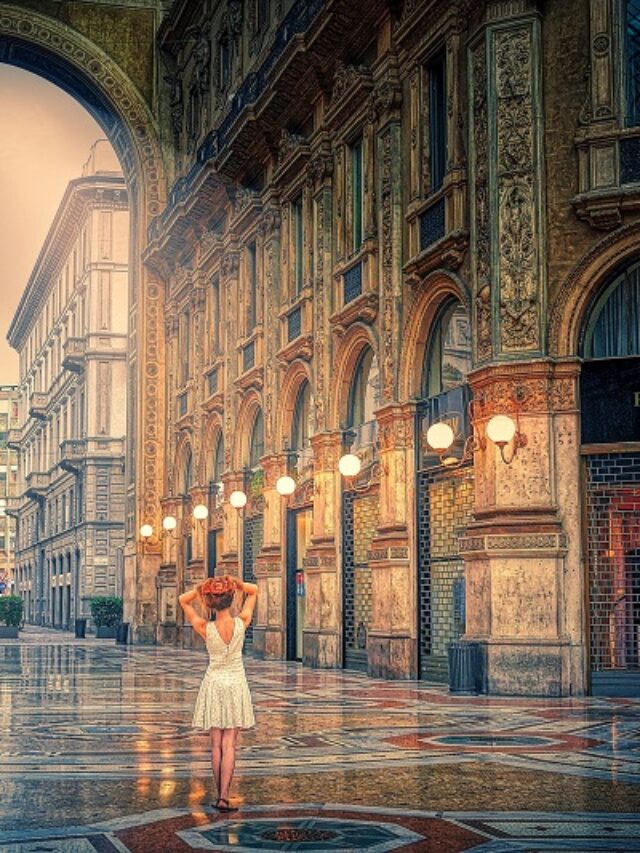
Reviews